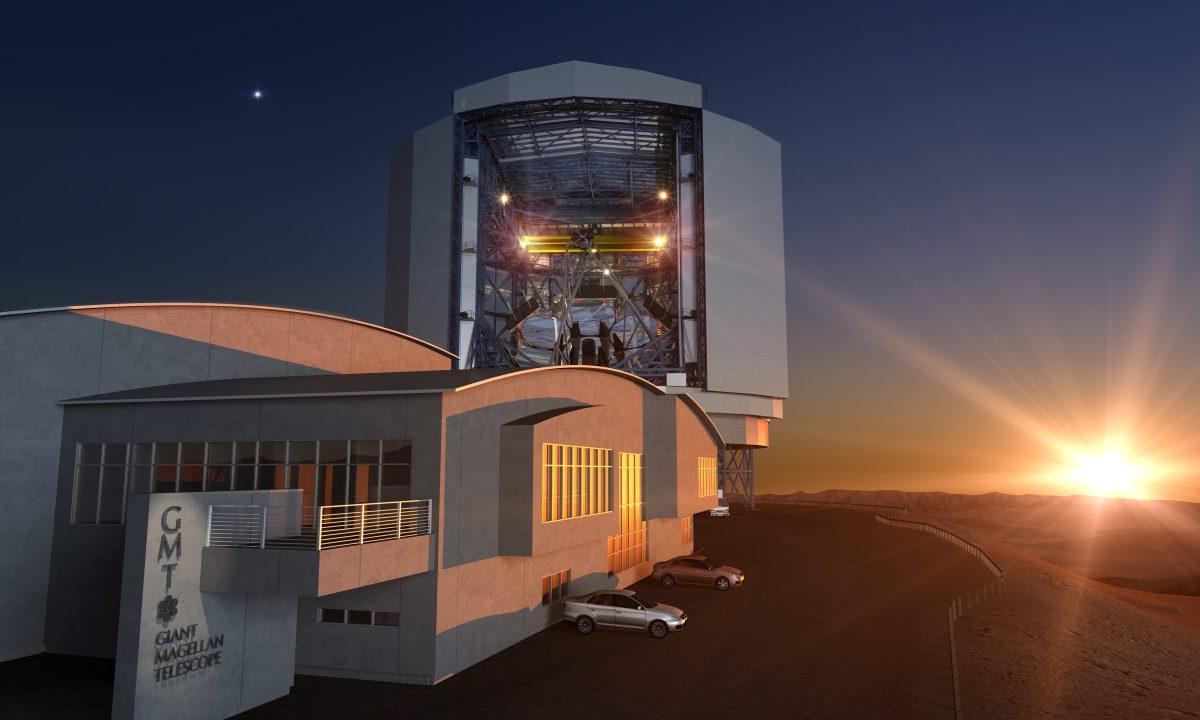A&M professors were joined by scientists from around the world at the groundbreaking ceremony for the future world’s largest telescope in the mountains of Chile Wednesday.
“The Giant Magellan Telescope will be the first of the new generation of very large optical telescopes,” said Nicholas Suntzeff, university distinguished professor of physics and astronomy and director of the Texas A&M astronomy program.
With its massive mirrors, the GMT will be able to capture images that are 10 times the quality of those from the Hubble Space Telescope. Once this new tool is in the hands of astronomers, Daniel Nagasawa, a graduate student in the Department of Physics and Astronomy, said it will change what is currently possible with modern telescopes.
“With GMT we are going to be able to push the limit down in terms of brightness, we are going to be able to see some of faintest things in the night sky,” Nagasawa said. “I know people that are very excited to be able to see the furthest galaxies that are as far back in time as you can possibly get with this telescope.”
The construction of the GMT is bringing together the scientific community from around the world, with investors from the United States, Australia, Brazil and Korea, with Chile as the host country. Astronomy graduate student Ting Li said preparations are even being made for the future scientist who will travel to Chile in order to use the GMT.
“I actually was on the mountain two months ago using another telescope,” Li said. “While I was using it, I saw a lot of activity going on, like a lot of people building new houses for lodging for the GMT project.”
Las Campanas Observatory, where the GMT is being built, is located in the Andes Mountains, which are world-renowned for their clear skies and ability to give luminous astronomical observations. Nagasawa said the telescope is also being built in Chile for its access to the southern hemisphere.
“The reason it is being built in Chile is because that way we have access to the southern hemisphere. The northern hemisphere has been studied quite well over the past couple of years,” Nagasawa said. “You can’t study the southern hemisphere sky from the northern hemisphere just because what you see in the sky is limited.”
One of the contributions A&M has made to the GMT is an instrument called GMACS, which will allow for new and ground breaking observations to be made. Ting Li is one of the graduate students working with the project.
“The GMACs can observe many hundreds of objects at one exposure,” Li said. “It is designed to do a variety of science, ranging from the stars in the Milky Way in our local universe, all the way to the galaxies in the very high redshift that are some of the first ever galaxies to form.”
Construction of world’s largest telescope begins on Chilean soil
November 12, 2015
Photo by Provided
Giant Magellan Telescope
Donate to The Battalion
Your donation will support the student journalists of Texas A&M University - College Station. Your contribution will allow us to purchase equipment and cover our annual website hosting costs.























